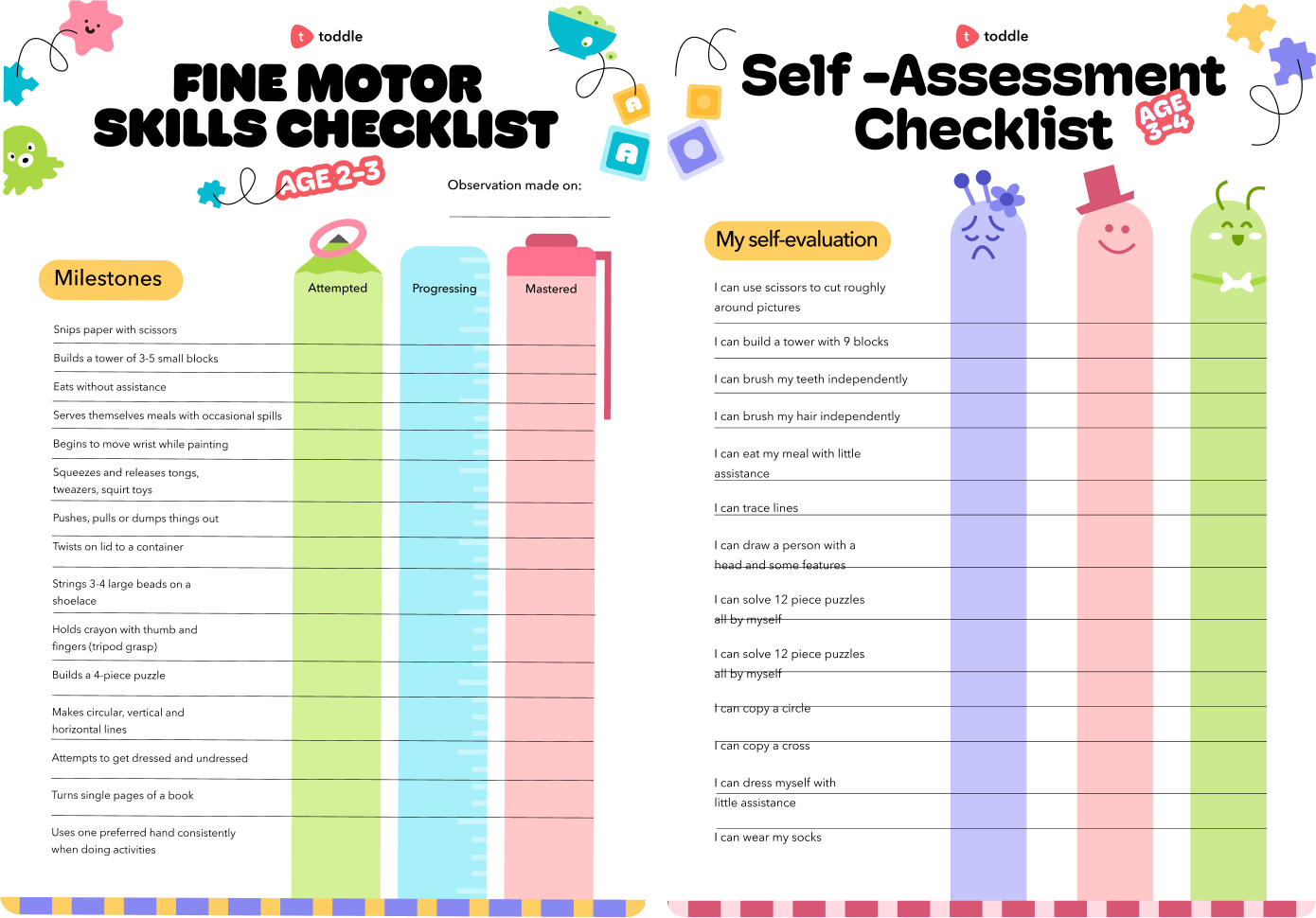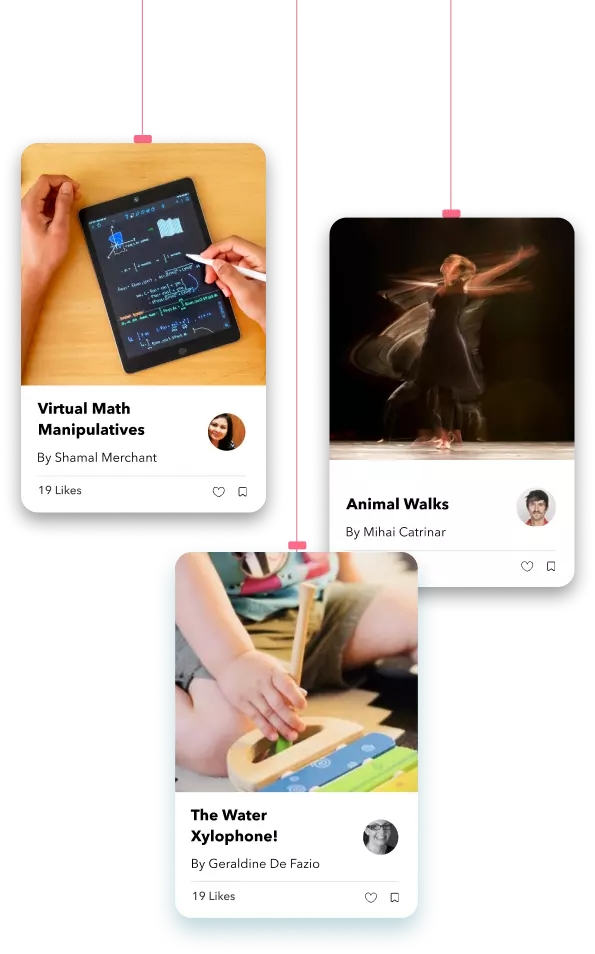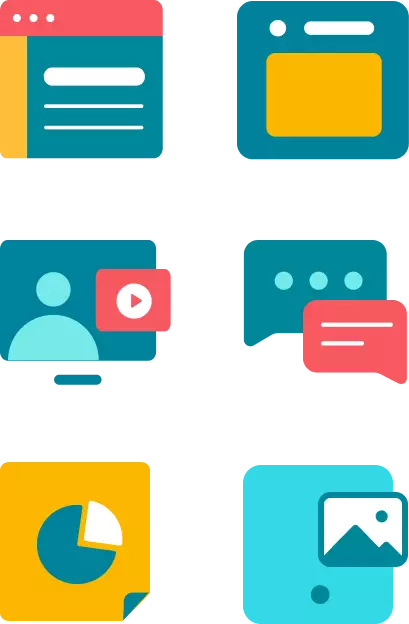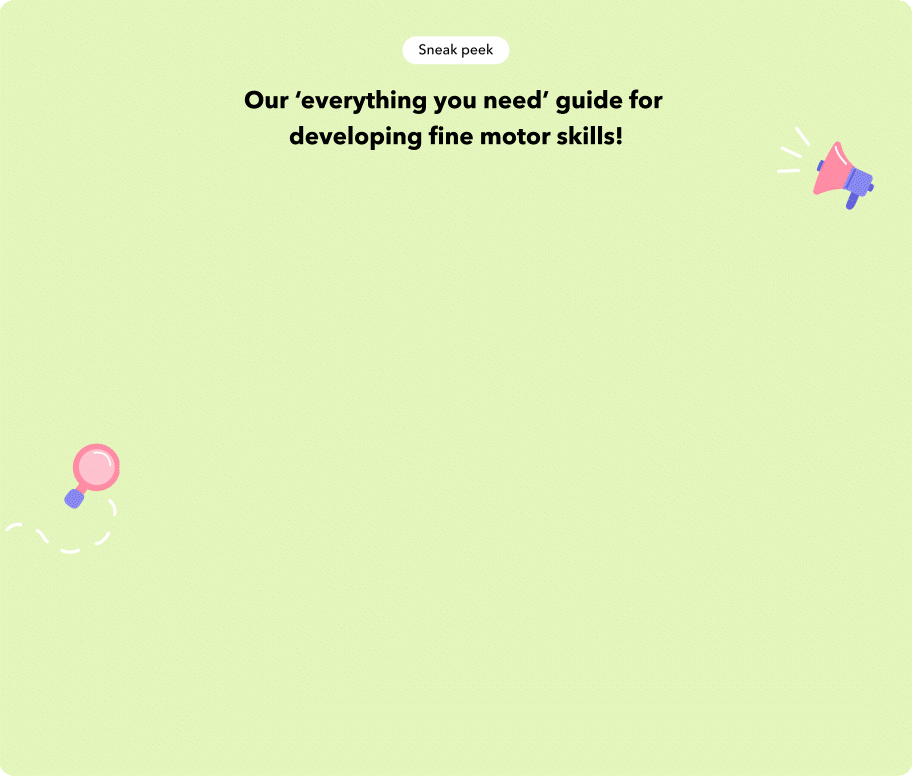The hands, body, and the brain
Rudolf Steiner (1974) observed that the young child is “…wholly a sense organ,” meaning that they are engaged in whole-body learning using all of their senses. This stands true even for the development of fine motor skills. When we nurture the movement of children’s small muscles, we need to also provide them with the freedom to explore, opportunities for free play beyond the walls of their classrooms, and the invitation to make real world connections. To put it simply, we are not just engaging the hands, but also working with the brain and whole body.
So, how do the hands, body, and brain work together?
It is a misconception to think that skills develop independently in the body. All parts of the body are interconnected, they work together and they all affect each other.
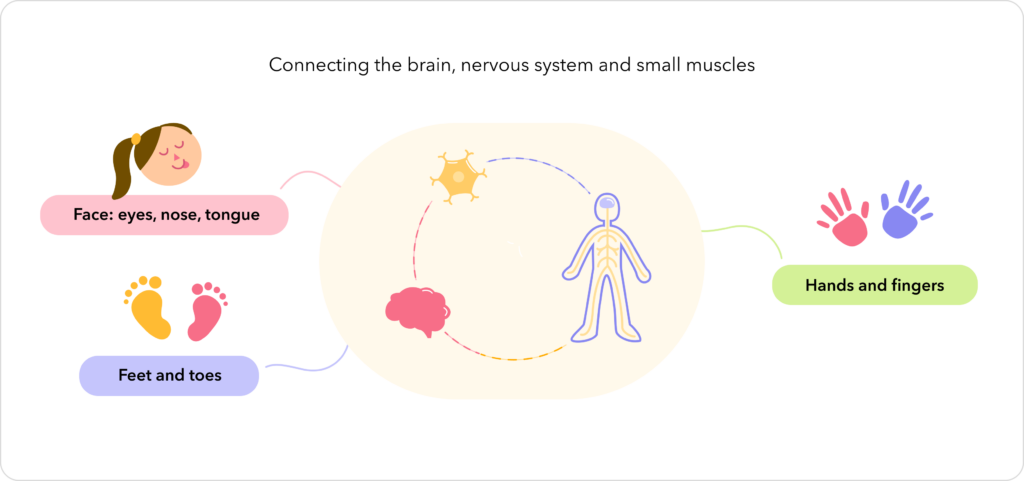
The Hands 🤚
- One hand emerges as the dominant hand and the other becomes the helper hand.
- They work together to grasp, pick up, release imitate, and copy patterns.
- They develop strength, speed, and accuracy to improve efficiency with tasks.
The Body 👤
- Fine motor skills develop once the body starts to move and become more stable.
- Muscular strength is required to initiate movements and endurance is needed to continue for multiple efforts.
- A strong core is needed to support steady hands.
The Brain 🧠
- Makes connections and gets certain parts of the body to work together to make movements happen.
- Comes up with a plan, passes this on to the body and then checks to see if the plan worked.
- Stores memory of physical experiences so it can be used next time.
Where do we observe the hand, body, and mind at work?
We see fine motor skills in action everyday! Many of the daily routines children engage in involve the use of fine motor skills: getting dressed, opening a lunchbox, and climbing the jungle gym. These skills involve coordinated efforts between their fingers, hands, and eyes, and can be observed in earlier stages when babies grasp a rattle and then as they eventually evolve to more complex skills like using scissors, manipulating a computer mouse, and more.
In partnership with the development of fine motor skills is the growth of independence, as children undertake small routine tasks by themselves. Empowering agency begins with, “I can…” a powerful statement that can be celebrated as children declare, “I can button my jacket!” or “I can peel the orange myself!”
Here is a comprehensive fine motor skills development checklist across age groups to help you track children’s progress effortlessly. You can also encourage children to assess their own developmental journey by using the self-assessment checklist with ‘I can statements’. Use them to spot areas of success and potential challenges. As you use this, keep in mind that all children are unique individuals and that they develop at their own pace.
